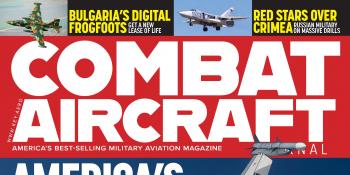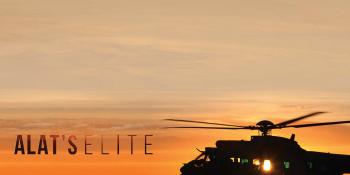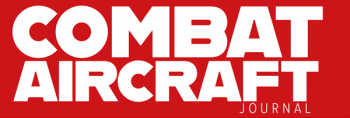A pilot’s helmet was once a primitive piece of protective equipment, but head tracking technology, coupled with symbology in the visor, has increasingly transformed it into an annotated window on the world and a means with which to improve capability.
FROM THE VERY beginning of aerial combat, a pilot’s situational awareness has been vital to success and survival. The surrounding airspace, the ground picture and, of course, the gauges and displays in the cockpit are all of vital importance in all regimes of flight. During the earliest days of reconnaissance and dogfighting a pilot had little more than a tachometer, an altitude dial and a magnetic compass to refer to.
As technology has evolved, so too has the information available in the cockpit. An increasingly bewildering array of information for a pilot to absorb drove the need to automate this data. Simplifying and assimilating information became a goal, as did the ability to easily cue a new range of agile weapons and sensors to increase employment zones. Rudimentary helmet-mounted sights have been around since the mid-1970s in both fighters and helicopters. The fighter systems were fairly basic initially and devised primarily for targeting heatse…



